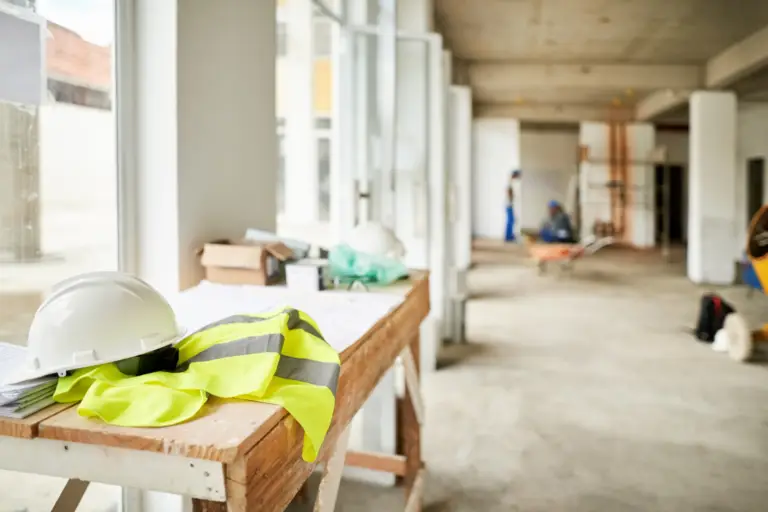Renovating construction spaces is an intricate process that involves revitalizing the very essence of structures. In this in-depth blog post, we’ll explore the art of rejuvenating construction sites, focusing on elements such as safety, functionality, and the overall aesthetic appeal of the built environment.
To view AH Construction’s projects click HERE
1. Defining the Project Vision:
Commence the construction space renovation by clearly defining the project vision. Whether it’s enhancing structural integrity, optimizing workflow, or upgrading safety features, a well-defined vision serves as the guiding principle for the entire renovation process.
2. Comprehensive Site Assessment:
Before initiating renovations, conduct a comprehensive assessment of the construction site. Identify areas requiring improvement, address potential safety hazards, and evaluate the efficiency of existing structures. This assessment forms the foundation for strategic decision-making throughout the renovation.
3. Safety Upgrades and Compliance:
Prioritize safety upgrades during construction space renovation. Ensure compliance with the latest safety regulations and standards. This may include reinforcing structures, implementing fall protection measures, and enhancing emergency response protocols for a secure construction environment.
4. Functional Enhancement:
Construction space renovation is an opportunity to optimize functionality. Evaluate the layout, workflow, and accessibility of the construction site. Consider incorporating modular structures, efficient storage solutions, and streamlined workflows to enhance overall functionality.
5. Modernizing Construction Technology:
Integrate modern construction technology to boost efficiency. Explore Building Information Modeling (BIM), construction management software, and other digital tools to streamline project planning, coordination, and execution. Embracing technology enhances project accuracy and communication.
6. Sustainable Construction Practices:
Infuse sustainability into construction space renovations. Choose eco-friendly materials, implement energy-efficient construction methods, and explore waste reduction strategies. Sustainable practices contribute to environmental responsibility and can lead to long-term cost savings.
7. Budgeting for Construction Renovation:
Effective construction renovation requires meticulous budgeting. Develop a detailed budget that encompasses materials, labor, equipment, and any unforeseen expenses. Prioritize investments that align with the construction site’s vision and provide the most significant impact on safety and efficiency.
8. Professional Expertise and Collaboration:
Determine when professional expertise is essential for construction space renovation. Collaborate with architects, engineers, and construction specialists to ensure that renovations align with industry standards. Striking a balance between DIY initiatives and professional collaboration is key.
9. Implementing Lean Construction Principles:
Explore lean construction principles to minimize waste and optimize project efficiency. Emphasize continuous improvement, collaborative planning, and efficient resource utilization to streamline construction processes.
10. Celebrating Construction Transformation:
Upon completion of the construction space renovation, take a moment to celebrate the transformation. Recognize the collective effort, acknowledge safety achievements, and showcase the enhanced functionality of the construction site. Celebrating milestones adds a positive and motivating element to the construction team.
Embarking on a construction space renovation is a multifaceted endeavor that demands strategic planning, adherence to safety protocols, and a commitment to enhancing both functionality and aesthetics. By embracing a holistic approach to construction site renewal, you can contribute to a safer, more efficient, and environmentally conscious built environment.
To view AH Construction’s projects click HERE




